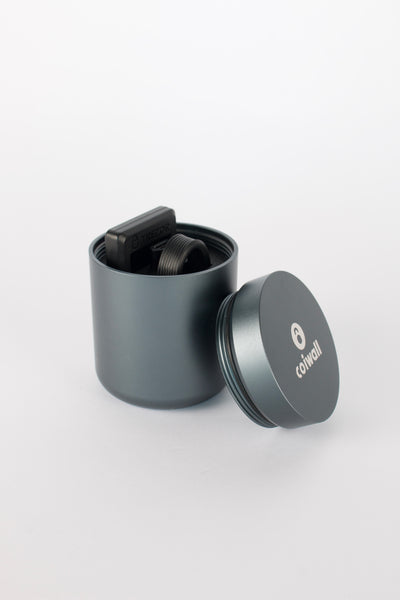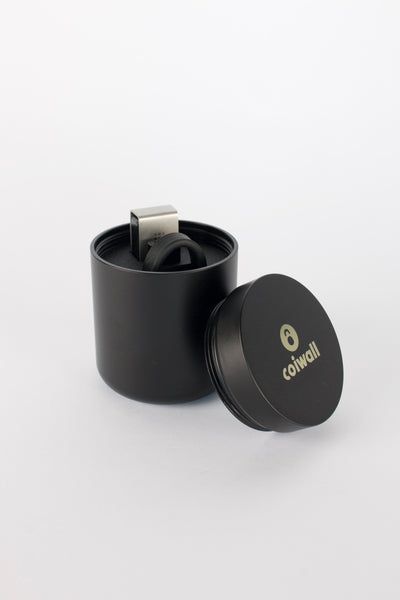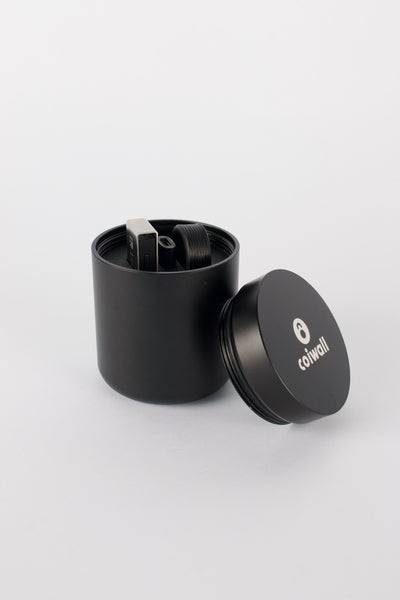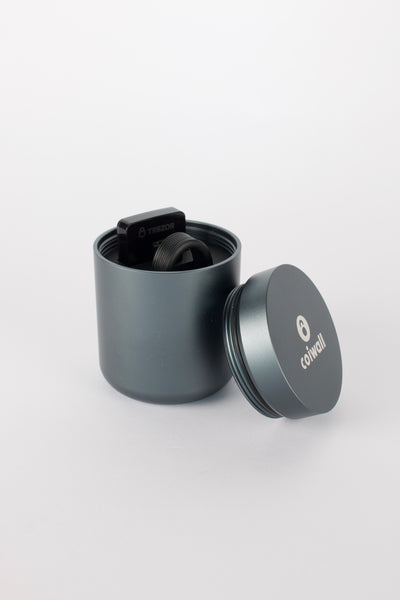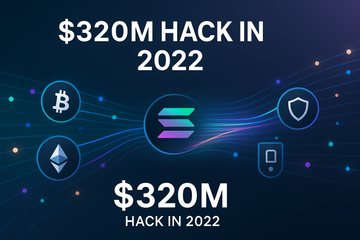If you've been poking around the world of crypto, chances are the term Wormhole has zipped past your radar. Not the sci-fi kind that zaps you across galaxies (cue epic movie soundtrack), but the sort that quietly stitches together different realms of the blockchain universe. Let’s unravel why this bridge—especially on Solana—has everyone from DeFi enthusiasts to hardware wallet holders leaning in closer.
What’s a Blockchain Bridge Anyway? (And Why Should You Care?)
Let’s face it, most blockchains don’t love talking to each other. Bitcoin sits on its mountain, Ethereum has its quirky vacations, and Solana? Well, it’s always racing ahead at breakneck speed. Here’s where a communication bridge, like Wormhole, strolls in with coffee in hand and says, “Let’s connect.”
You ever tried transferring coins across blockchains? It feels a bit like wiring money overseas in 1998—a head-scratcher, to say the least. Bridges like Wormhole basically act as interpreters, making sure your assets can jump from Solana to Ethereum, or say, from Polygon to BNB Chain, and back again. In a world where interconnectedness can mean bigger opportunities in DeFi, that’s no small thing.
Meet Wormhole: Solana’s Trusty Messenger
If Solana is a high-speed train, then Wormhole is the ultra-reliable conductor letting folks hop from one line to another without a hiccup. Originally launched to connect Solana to Ethereum, Wormhole’s reach has expanded to dozens of networks. But it’s not just about transferring coins—Wormhole’s magic lies in how it does so securely and quickly.
Imagine sending your SOL tokens over to a dApp living on Ethereum. Wormhole locks your original tokens in a smart contract, then issues you an equivalent on the other side. No smoke and mirrors—pretty straightforward, right? That’s how it maintains security: assets always have to be accounted for on both ends.
So, How’s the Security?
Here’s the thing: no bridge is invulnerable. The bigger they get, the more tempting they look to hackers. Wormhole takes its job seriously, though. It relies on a decentralized network of guardians—think of them as digital lifeguards—watching every transfer. But, as the high-profile $320 million hack in 2022 proved, security is a constant race. The Wormhole team patched things quickly and beefed up their protocols, but it’s a reminder: always double-check, especially if you’re moving serious funds.
And hey, you’re not the only one being extra-careful. Hardware wallet giants like Trezor and Ledger have stepped up their compatibility with bridges like Wormhole, adding an extra padlock to the doors. Many advanced users now swear by using their Ledger or Trezor with DeFi protocols—because peace of mind is worth its weight in Bitcoin.
Real-Life Use Cases: Not Just Hype
Let’s step out of theory land for a second. How are people actually using Wormhole?
- Yield Hunting: DeFi diehards move tokens between Solana and Ethereum or Avalanche to chase higher returns in liquidity pools. No more sitting on the sidelines because your crypto was stuck.
- NFT Swapping: Artists and collectors slide NFTs across blockchains, expanding their audience and marketplaces beyond a single ecosystem.
- Solved Problems: Cross-chain governance and airdrops become possible, so projects aren’t siloed or gummed up by technical limitations.
Honestly, it’s like letting your coins buy a train ticket to another country—minus the passport drama.
A Quick Comparison—How Wormhole Stacks Up
Now, Wormhole isn’t the only bridge in town. Polkadot, Avalanche, and Cosmos all wave their own flags, each with quirks and security promises. Some, like Avalanche’s bridge, use a different consensus to confirm transactions. Others, like Polygon’s, lean on simplicity but may be slower. Wormhole leans into real-time transfers, a robust set of supported assets, and a serious focus on decentralization after some battle scars.
But don’t just take the tech’s word for it. The real measure? Traders and developers keep coming back, choosing Wormhole for its ease and vibrant community support. If Trezor and Ledger owners are relying on it, you know it’s earned some trust.
What Could Go Wrong? (And How to Stay Safe)
Sometimes, the best way to appreciate tech is to acknowledge the skeletons in the closet. Bridge hacks have made headlines for a reason; the stakes are sky-high. If you’re using Wormhole, make sure you:
- Connect only with official interfaces (and double-check those URLs)
- Use a hardware wallet whenever possible for transferring big amounts
- Stay in the loop—follow update announcements and take security seriously
At the risk of repeating myself: don’t get lazy with wallet hygiene. Even crypto OGs get caught napping. The first time you use a bridge, test small—think espresso shot, not whole latte. And, when in doubt, ask the community; Solana and Wormhole devs love helping troubleshoot.
The Big Picture: Why It Matters in 2024 (and Beyond)
The race for seamless blockchain interoperability is just heating up. We’ve moved from islands to archipelagos—with Wormhole connecting the dots. For DeFi, NFT, or regular hodlers, that translates to more possibilities, richer markets, and—sometimes—a little less friction than you’d expect in crypto land.
Here’s the wild, beautiful part: bridges today are laying the groundwork for tomorrow’s crypto mainstream. Wormhole’s ongoing upgrades, constant audits, and wide support from platforms like Ledger and Trezor? They aren’t just technical milestones—they represent a maturing ecosystem learning from its past, ready for whatever curveballs come next.
So, whether you’re a veteran swapping from Solana to Ethereum or a newbie just testing the waters, Wormhole’s making cross-chain travel a reality. If only interplanetary travel were this easy. For now, we’ll settle for blockchain harmony—and maybe, just maybe, a future where bridges are as trusted as the blockchains they connect.

